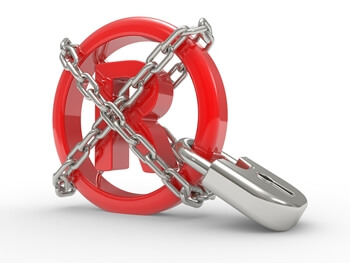 SCOTUS overturns the Akamai Technologies v. Limelight Networks decision
SCOTUS overturns the Akamai Technologies v. Limelight Networks decision
When a single party commits all the elements of patent infringement, that party is liable for direct infringement under 35 U.S.C. §271(a). Similarly, under §271(b), if a party induces another to commit all of the elements of infringement, that party is liable for induced infringement. But what happens when infringement is divided? When, for example, the elements necessary to constitute infringement are performed by multiple parties?
In Akamai Technologies, Inc. v Limelight Networks, Inc., the respondent performed some of the steps necessary for infringement and provided instructions to others in order to complete the process. On August 31, 2012, the Court of Appeals for the Federal Circuit (the “Federal Circuit”) decided that Limelight was liable for induced infringement notwithstanding the fact that the steps that constituted the infringement were divided amongst multiple parties. The Federal Circuit’s 6-1-4 per curiam decision created an alternative standard for induced infringement, stating that, “a party who performs some of the steps itself and induces another to perform the remaining steps that constitute infringement has precisely the same impact on the patentee as a party who induces a single person to carry out all of the steps.” Akamai at 16.
Limelight appealed to the Supreme Court of the United States, which unanimously reversed and remanded the Federal Circuit decision in its June 2, 2014 opinion. The Court held that, “[a] defendant is not liable for inducing infringement under §271(b) when no one has directly infringed under §271(a) or any other statutory provision.” The opinion, authored by Justice Alito, called the underlying decision, “an alteration that would result in its own serious and problematic consequences, … creating … some free-floating concept of “infringement” both untethered to the statutory text and difficult for the lower courts to apply consistently.” Limelight at 10.
Based on the June 2, 2014 opinion, to meet the standard for induced infringement at least one party must have committed direct infringement under §271(a). The Court relied on the Federal Circuit’s decision in Muniauction, Inc. v. Thomson Corp., for the proposition that direct infringement requires the performance of all of the steps of a method patent to be attributable to a single party.1 To establish induced infringement, at least one party must satisfy the standard for direct infringement and have been induced to perform these steps by another. But, when, as in Akamai, the infringing actions are divided between multiple parties, liability will not stand.
1The Court declined to address the correctness of the decision in Muniauction.
